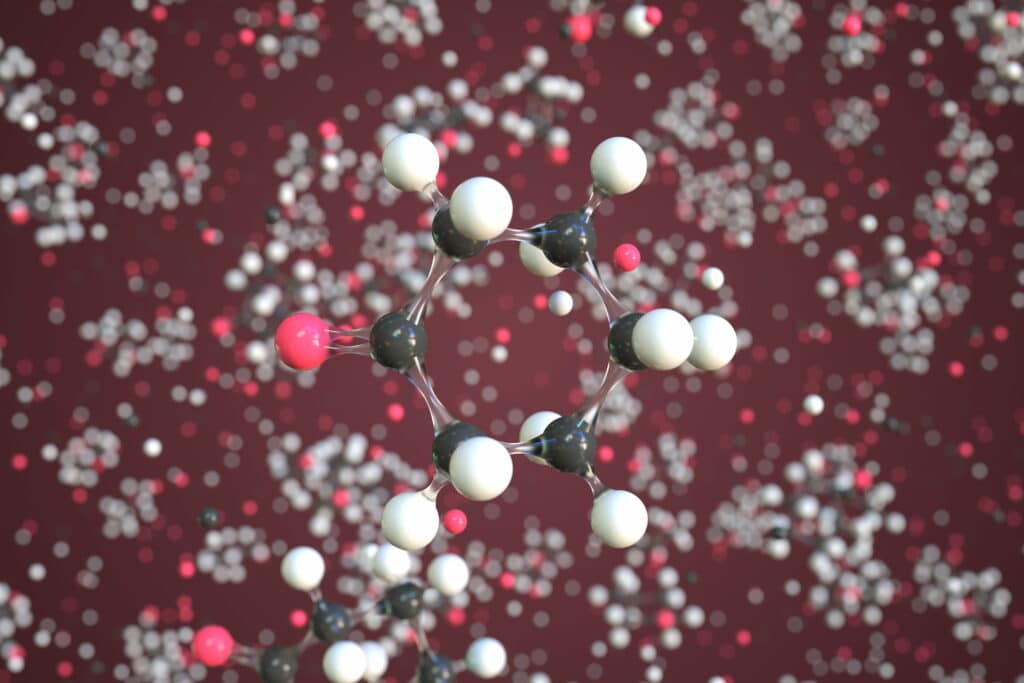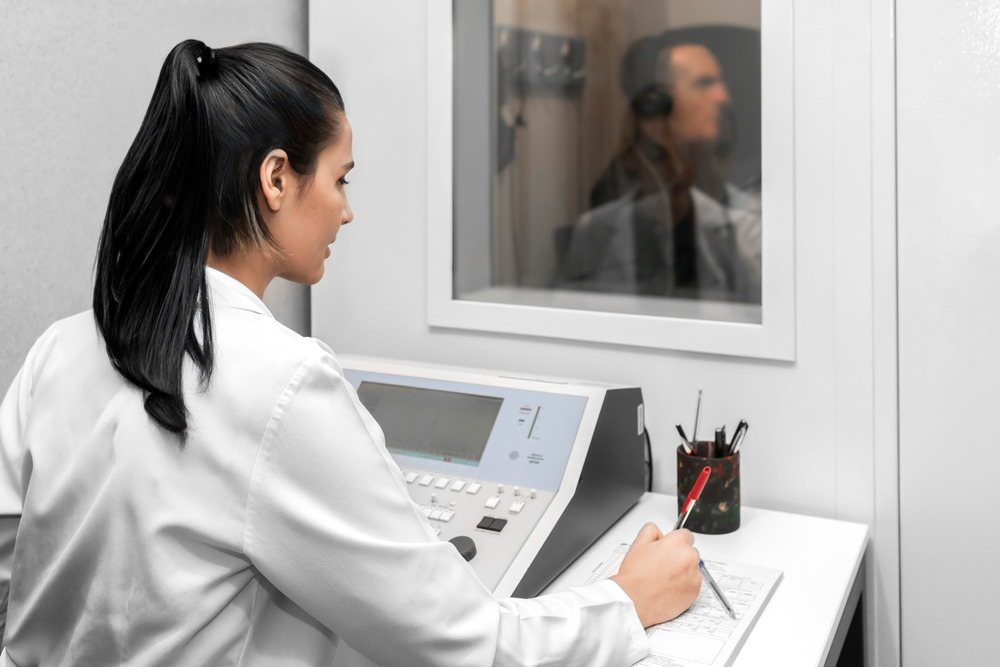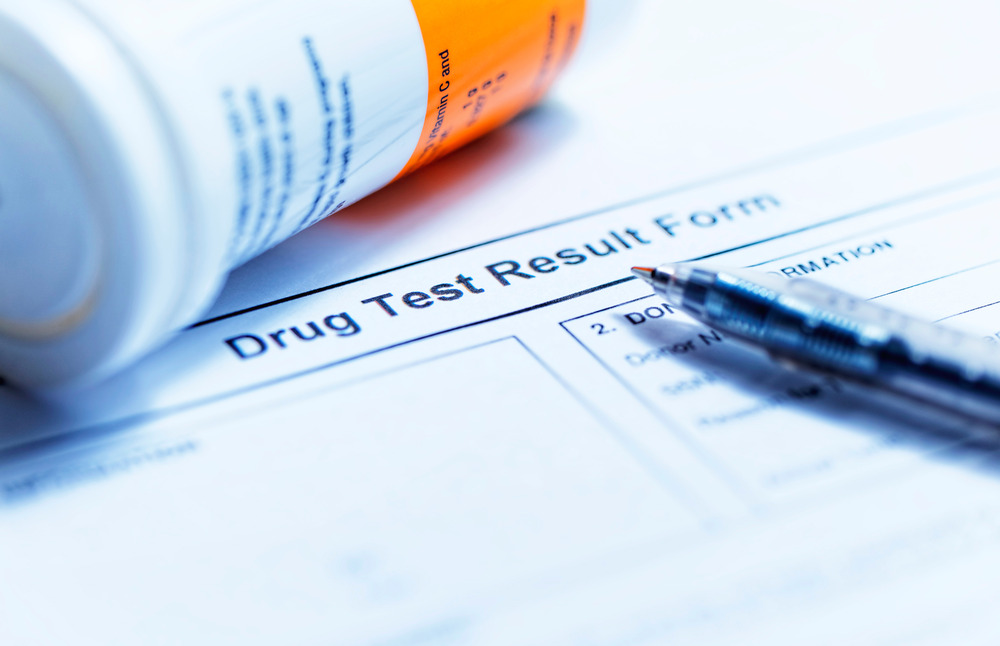Cyclohexanone is an organic compound that resembles a colourless oil and smells much like acetone. It is one of the most common factors in the production of nylon, and roughly half of the world’s supply is converted into adipic acid, one of the two requisite precursors for creating nylon 6.6. Moreover, it can also be used in the creation of resins, oxime, wood stains, paint and varnish removers, spot removers, the degreasing of metals, polishes, levelling agents, dyes, delustering silk, lubricating oil, herbicide solvents, cellulosics, waxes, fats and caprolactam – the latter another key product in the creation of nylon 6. It has also been noted to have been used in the illegal production of phencyclidine, commonly known as PCP.
Should I worry about exposure?
While not carcinogenic like other substances, cyclohexanone is nevertheless moderately toxic and can cause some nasty side-effects if accidentally overexposed to. The most common ways one can encounter heavy exposure are through breathing in the fumes, absorption through the skin, ingestion and skin/eye contact. The symptoms you experience will vary dependant on the area in question, but include:
- Irritation of the skin and eyes
- Irritation of the nose and throat
- Irritation of the mucous membrane
- Persistent coughing and wheezing
- Headaches
- Dizziness
- Lightheadedness
- Loss of consciousness
- Narcosis
- Coma
- Dermatitis
- Nausea and vomiting
- Liver and kidney damage
What should I do as a first response?
If you have been exposed to cyclohexanone through contact with your eyes, you should immediately flush them out with large amounts of water, taking care to fully clean your eyelids and remove any contact lenses if you’re wearing them, for at least 15 minutes.
Alternatively, if it is your skin that was first exposed, then you should remove any potentially contaminated items of clothing and wash the effected area straightaway. Similarly, if the cyclohexanone has been breathed in, first remove yourself from any exposure and seek immediate medical attention. If it happens to be a colleague, then you should perform rescue breathing and CPR if they have stopped breathing or heart action has stopped.
What does screening involve?
In order to ascertain the level of cyclohexanone in your bloodstream, Healthscreen UK will perform a urinalysis test. This is a relatively simple process, and will include submitting a urine sample to our trained occupational health technicians which will then be analysed in order to determine your level.
What if I am overexposed?
The next thing to do will be to have a thorough risk assessment of your place of work to see whether or not you’re routinely overexposed. Depending on the outcome of the assessment, you may need to be rotated from your current job to one which minimizes the chance of further contact.
It is also possible that you be referred on to a GP or hospital if you have been given the requisite amount of exposure. If you or someone you know is at risk, then why not get in touch with Healthscreen UK today to book an appointment? Simply use the form below to get in touch.







